Planting Mandrake Seeds: How To Grow Mandrake From Seed


Mandrake is a fascinating plant with a rich history that dates back to Biblical times. The long, human-like root is often implemented as a medicinal herb. It is highly valued in certain religious ceremonies and in modern-day witchcraft. If you live in a warm climate (USDA zones 6 to 8), you can plant mandrake outdoors. In cooler climates, mandrake should be grown indoors.
Mandrake plants generally take about two years to mature, bloom, and produce berries. Mandrake root can be harvested after three to four years. Sowing mandrake seeds isn’t difficult, but don’t expect 100 percent success, as germination can be hit and miss. Read on for information on mandrake seed propagation.
How to Grow Mandrake from Seed
Purchase mandrake seeds from an herbal supply store or reputable online nursery. Otherwise, harvest seeds from ripe fruit in autumn. Fresh seeds should be planted within six months.
Mandrake seeds must be stratified, using a process that mimics natural winter. Fill a baggie or plastic container with moist sand, then bury the seeds inside. Store the seeds in the refrigerator for a month.
After stratification is complete, plant the seeds in individual containers filled with loose, good-quality potting mix or compost.
Place the containers in a warm room. As soon as the seeds germinate, place the containers under a couple of fluorescent bulbs or grow lights. Don’t depend on direct sunlight from a window, which may be too cool at night and too hot during the day.
Plant mandrake outdoors when the roots are large enough to survive on their own. Full sunlight is ideal, but the plant will tolerate light shade. Mandrake needs loose, deep soil to accommodate the roots. The soil must be well-drained to avoid rot, especially during the winter.
Gardening tips, videos, info and more delivered right to your inbox!
Sign up for the Gardening Know How newsletter today and receive a free copy of our e-book "How to Grow Delicious Tomatoes".
Planting Mandrake Seeds Outdoors
If you live in a mild climate, you can also try sowing mandrake seeds in a permanent outdoor location while the weather is cool. Germination is triggered by natural temperature fluctuations. This often works well because there is no need to disturb the roots by transplanting.
Warning about Mandrake Seed Propagation
A member of the nightshade family, mandrake is highly toxic and ingestion may cause vomiting and delirium. Large amounts can be fatal. Always seek advice from a medical professional before using herbal mandrake.

A Credentialed Garden Writer, Mary H. Dyer was with Gardening Know How in the very beginning, publishing articles as early as 2007.
-
 Looking For Plants To Give You The Soft And Fuzzies? Try These 5 Fuzzy Leaf Plant Options
Looking For Plants To Give You The Soft And Fuzzies? Try These 5 Fuzzy Leaf Plant OptionsLovers of texture, drama, silver foliage and tactile plants will adore these special sensory garden additions. These fuzzy leaf plant options will leave you all aglow
By Susan Albert
-
 Get Ready For A Summer Of Hummers! Grow These Full Sun Hummingbird Plants and Flowers
Get Ready For A Summer Of Hummers! Grow These Full Sun Hummingbird Plants and FlowersIf you’re lucky enough to enjoy a sunny backyard, make sure you are maxing out on your pollinator opportunities and grow these full sun hummingbird plants and flowers
By Tonya Barnett
-
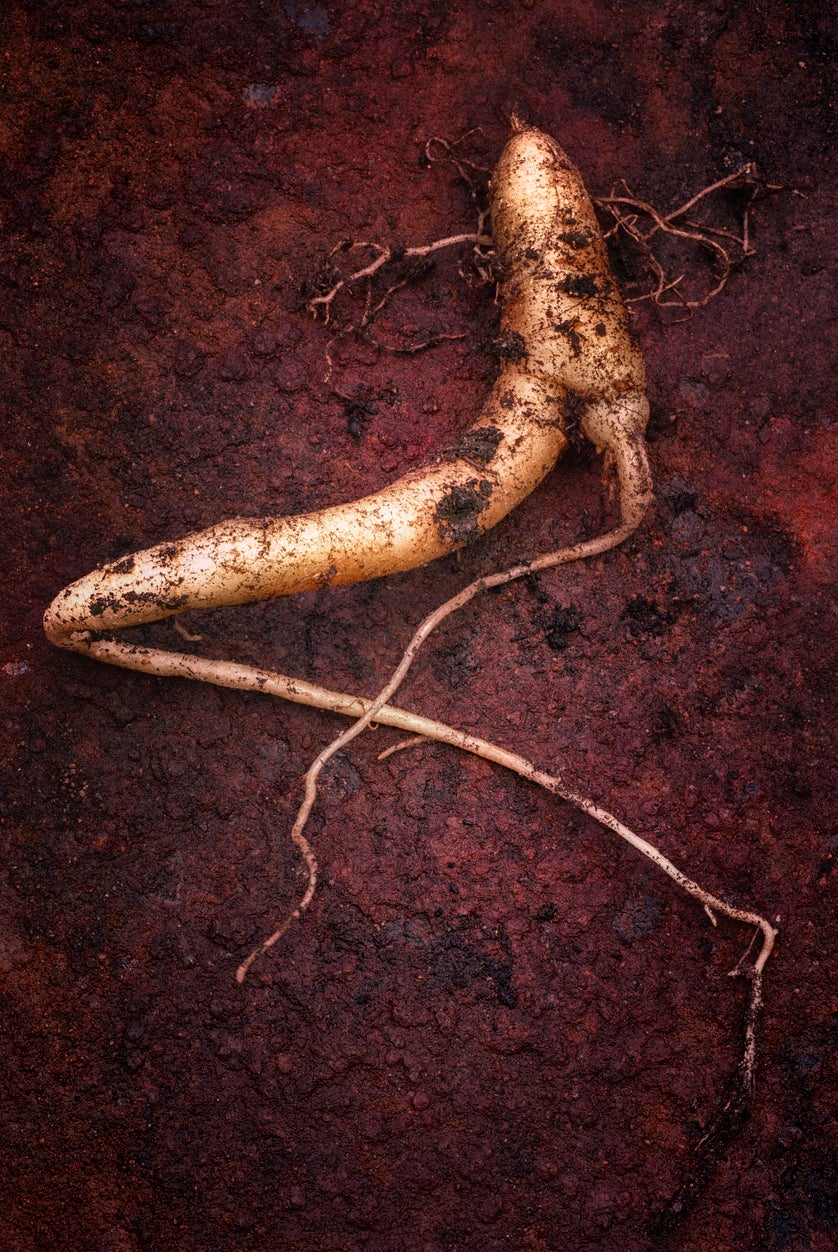 Mandrake Winter Protection – Learn About Mandrake Winter Care
Mandrake Winter Protection – Learn About Mandrake Winter CareMandrake is a plant steeped in history and myth. Although care should be taken, growing mandrake can be a fun way to be a part of history. Mandrake winter care is important to consider, though, before you start growing this Mediterranean native. Learn more here.
By Mary Ellen Ellis
-
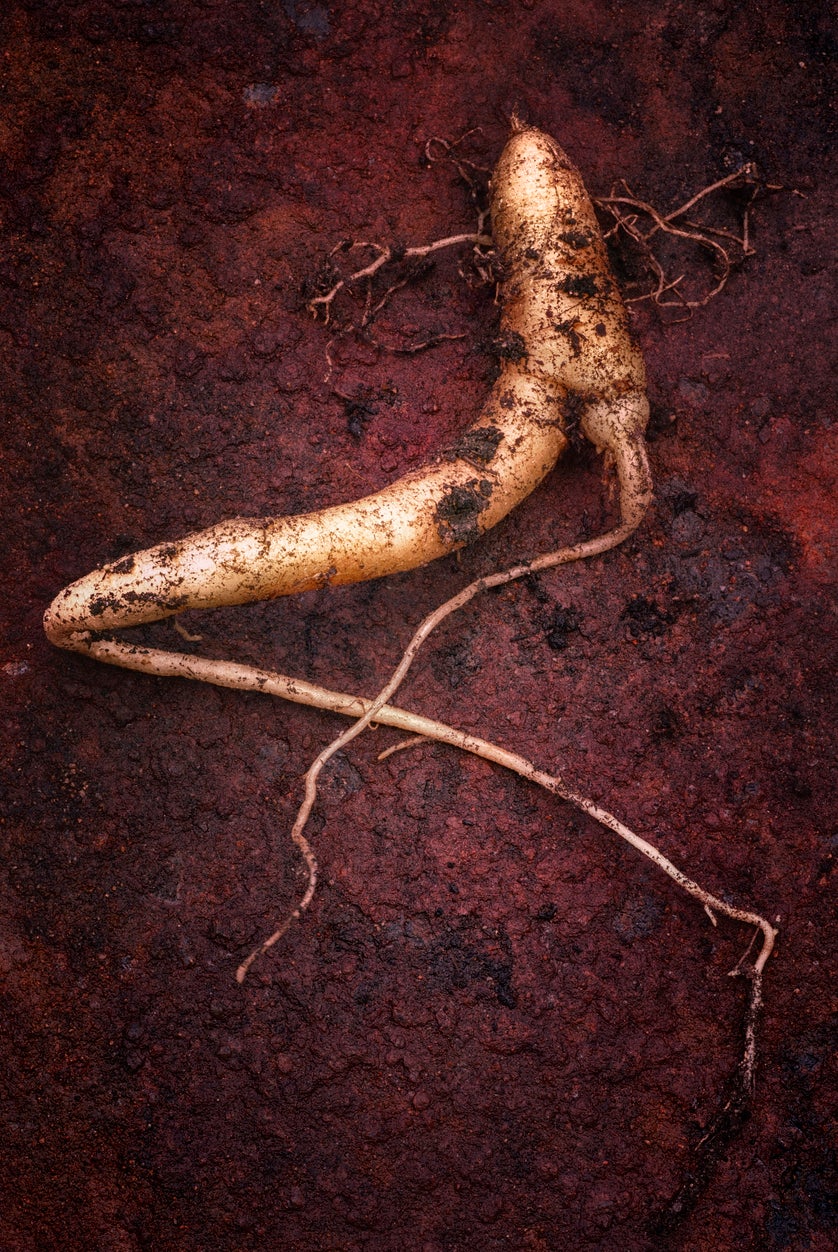 Mandrake Propagation Guide – Tips For Growing New Mandrake Plants
Mandrake Propagation Guide – Tips For Growing New Mandrake PlantsGrowing new mandrake plants is quickest from roots or offsets, but you can also start them from seed. Propagation of mandrake from seed can be a little tricky unless you know a couple of crucial tips. Click this article to learn how to propagate mandrake.
By Bonnie L. Grant
-
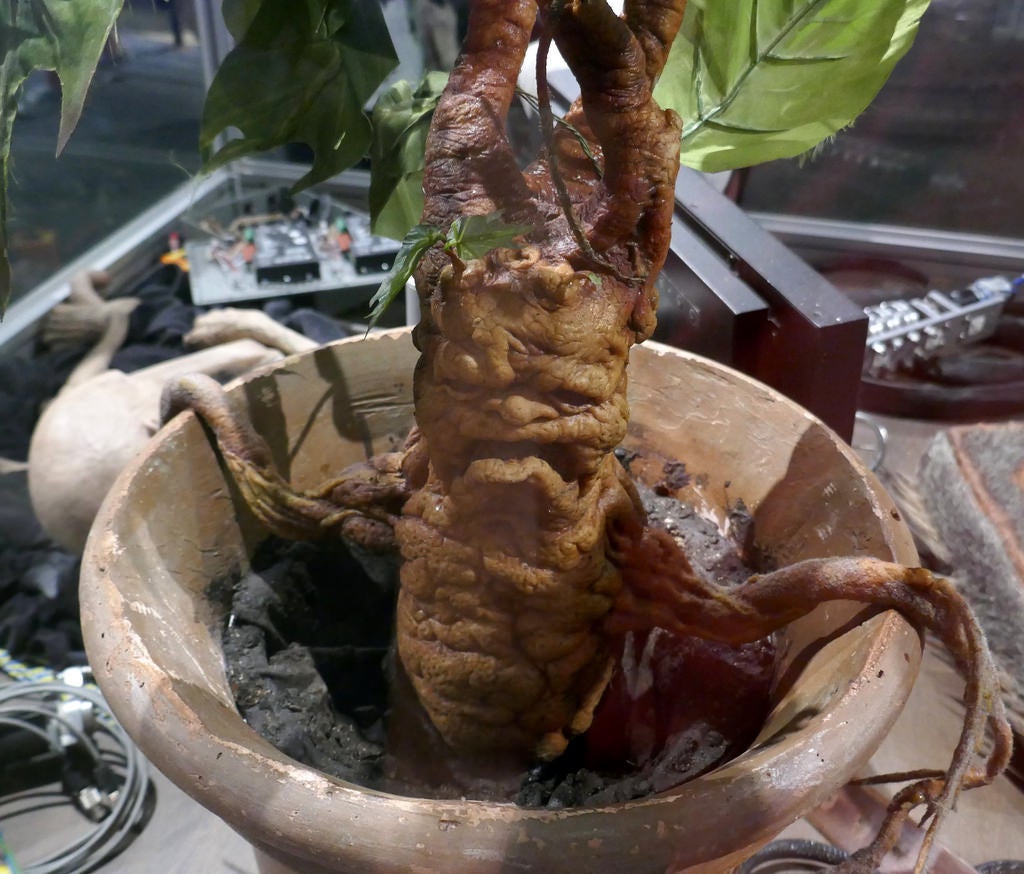 Mandrake History – Learn About Mandrake Plant Lore
Mandrake History – Learn About Mandrake Plant LoreMandragora officinarum is a real plant with a mythical past. Known more commonly as mandrake, the lore generally refers to the roots. Beginning in ancient times, stories have included magical powers, fertility, possession by the devil, and more. Click here for additional info.
By Mary Ellen Ellis
-
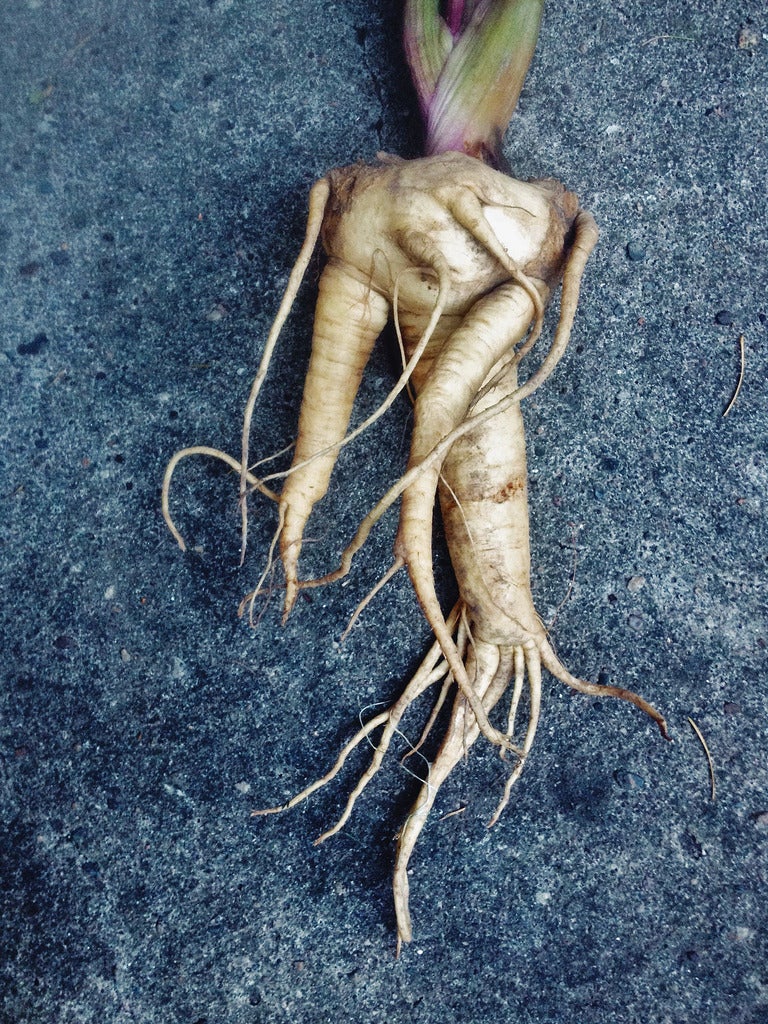 Common Mandrake Uses – What Is Mandrake Used For
Common Mandrake Uses – What Is Mandrake Used ForMandrake plants aren’t widely used today, although herbal mandrake is still used by some people. According to folklore, this fascinating plant was thought to have great powers, both positive and negative. What do you do with mandrake? Let’s find out here.
By Mary H. Dyer
-
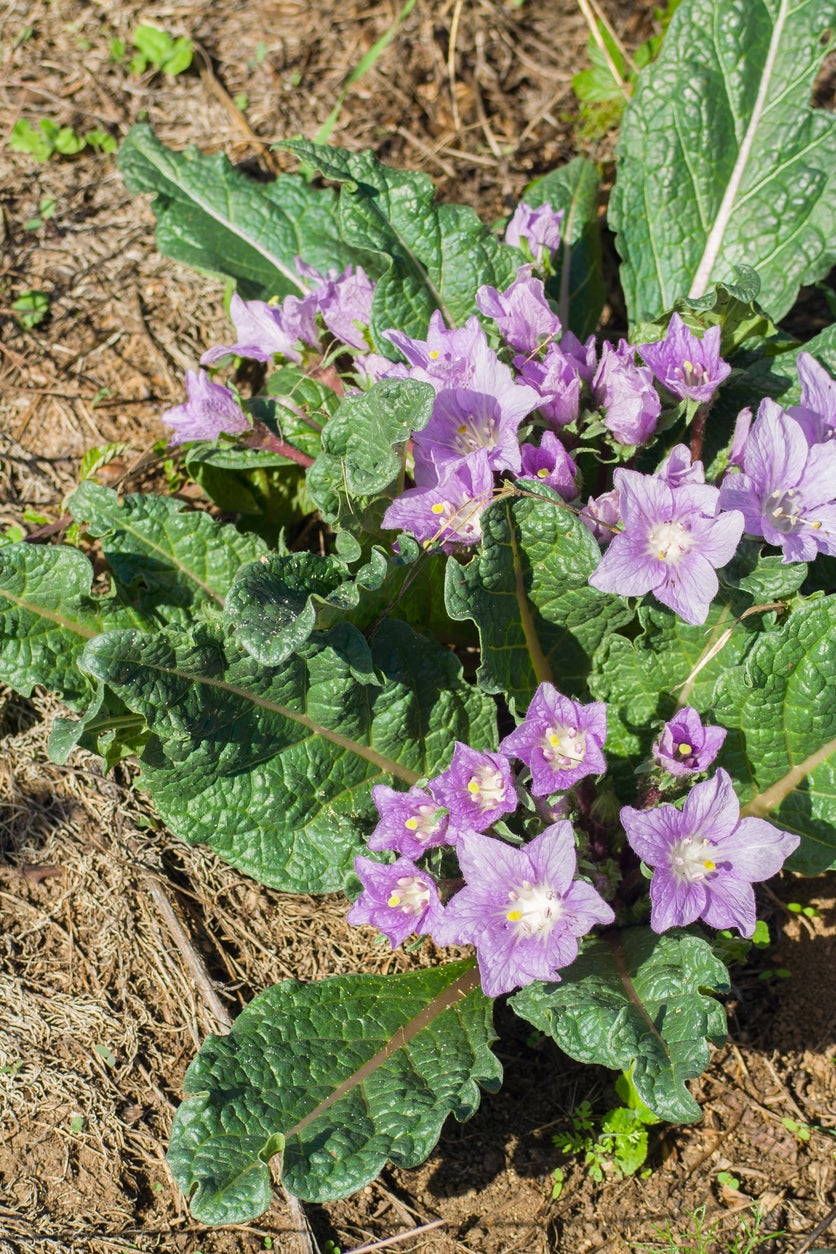 Is Mandrake Poisonous – Can You Eat Mandrake Root
Is Mandrake Poisonous – Can You Eat Mandrake RootFew plants have such a storied history rich in folklore and superstition as the poisonous mandrake. Can you eat mandrake? Ingestion of the plant was once thought to sedate and improve sexual function. Further reading here will help understand mandrake toxicity and its effects.
By Bonnie L. Grant
-
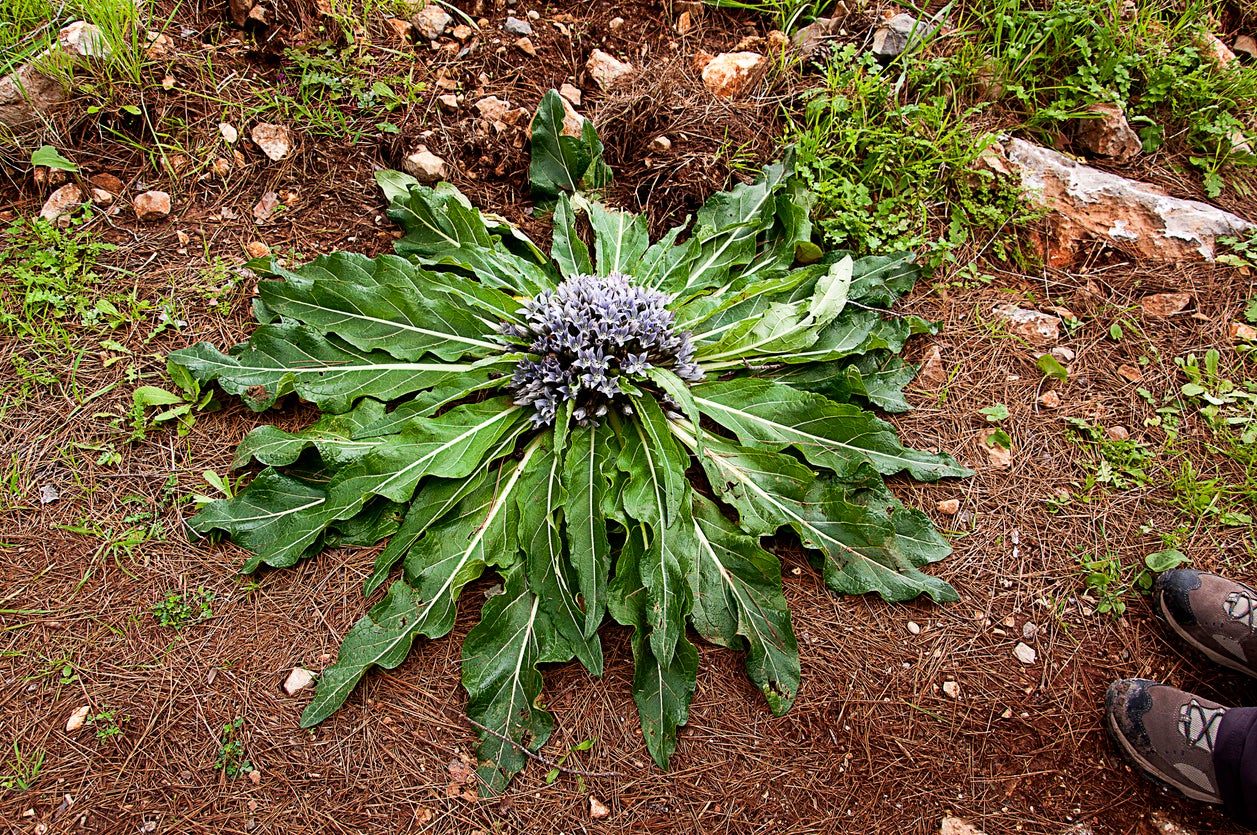 Mandrake Division – How To Divide Mandrake Roots
Mandrake Division – How To Divide Mandrake RootsGrowing mandrake is a way to add history and myth to your garden. Mandrake division is one way to propagate this plant, but the roots are sensitive to disturbance, so it must be done with care. This article will help get you started with mandrake division in the garden.
By Mary Ellen Ellis
-
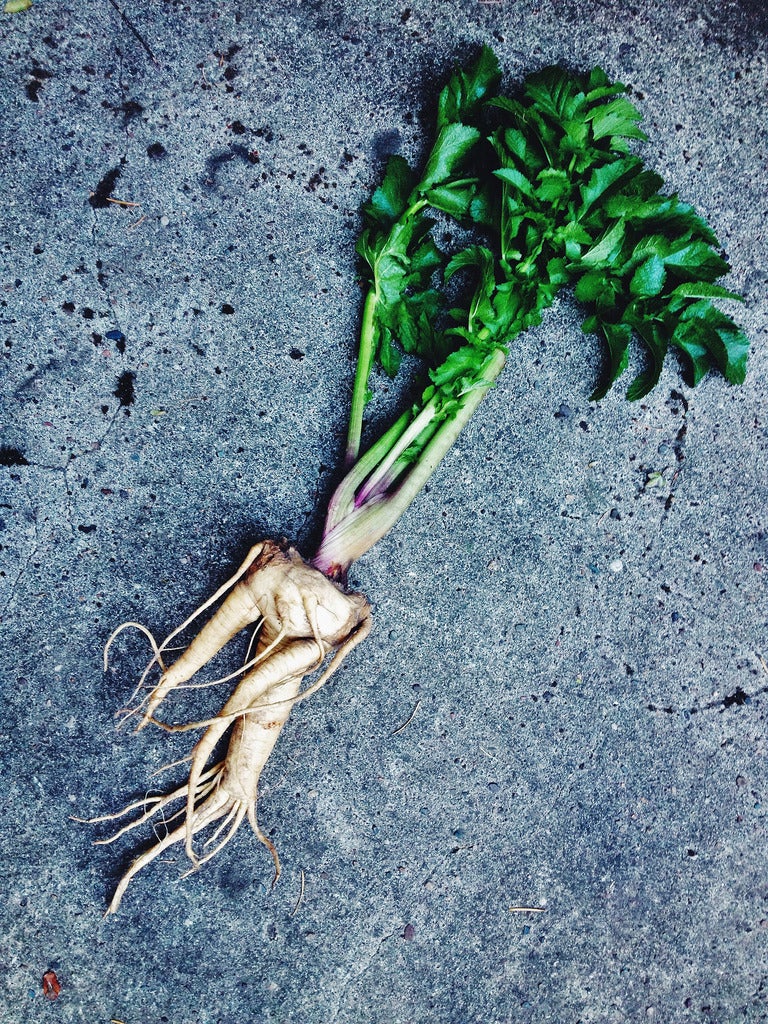 Mandragora Plants – Growing Mandrake Plant Varieties In The Garden
Mandragora Plants – Growing Mandrake Plant Varieties In The GardenIf you are interested in growing mandrake, there is more than one type to consider. There are several mandrake varieties, as well as plants called mandrake that are not from the same Mandragora genus. Want to learn more? Click this article for additional information.
By Mary Ellen Ellis
-
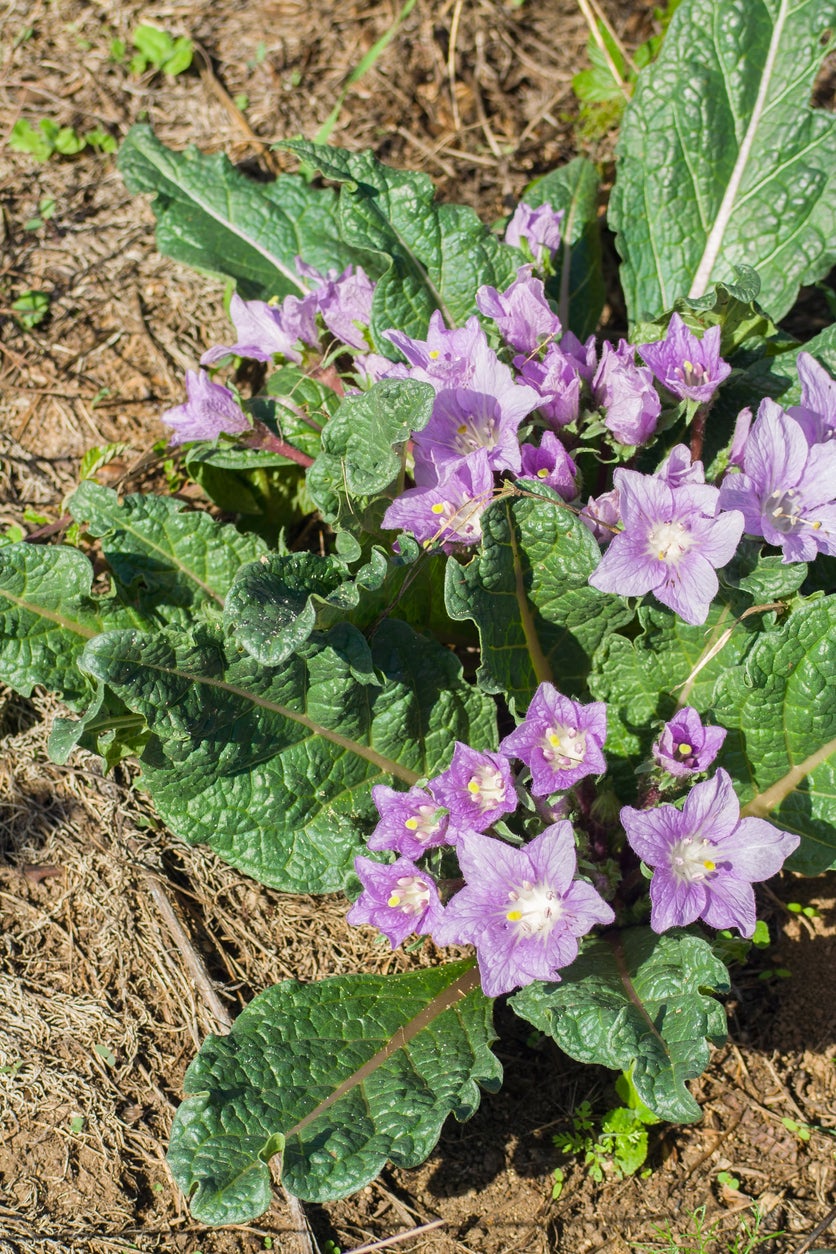 Mandrake Irrigation Guide – Learn How To Water Mandrake Plants
Mandrake Irrigation Guide – Learn How To Water Mandrake PlantsThere is no denying that the mandrake is quite the interesting and mythical plant. With proper care, like watering, this dark (yet beautiful) plant will produce vibrant dark green foliage and elegant white and pink-purple blooms. This article will help with that.
By Tonya Barnett